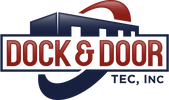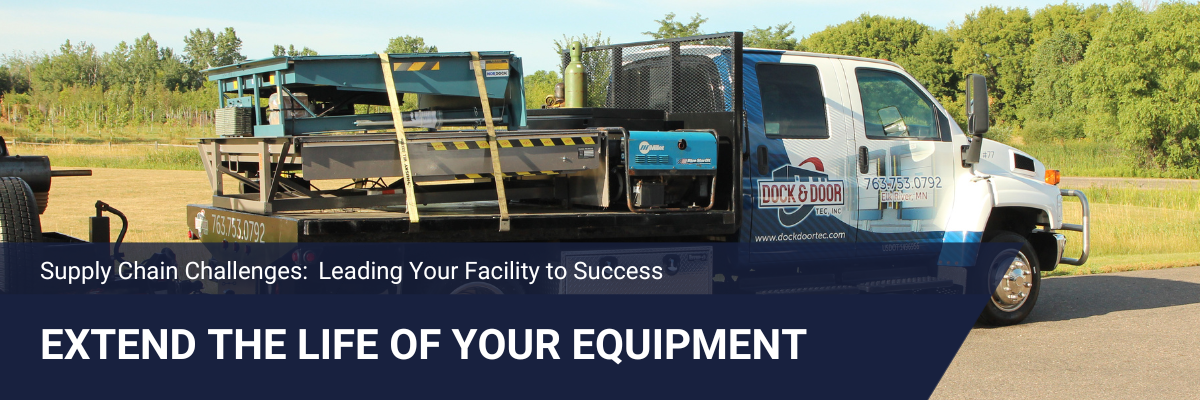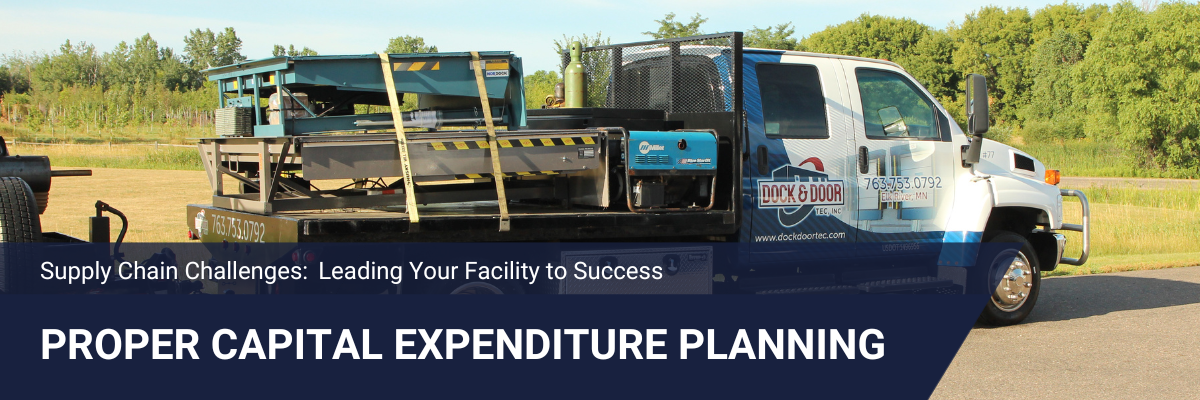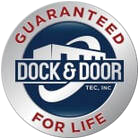|
In today’s ever-growing corporate world, smaller independent dock and door distributors are appointed by larger companies. While there can be advantages to this for the client, there is one disadvantage, especially in today’s supply-chain challenged world. When manufacturer’s own the local distributor, the client’s choice becomes severely limited. Just because the manufacturer offers different models, this doesn’t truly provide the client with multiple choices as the intended applications for those door models are different. See part two of this series for the importance of correct equipment application.
Even if the “lead times” for new equipment are acceptable, what if there is a part failure and the part isn’t available? With high-speed doors and fire doors, this can be a larger issue as there is likely not an aftermarket option due to proprietary parts or regulations not allowing anything but OEM parts to be used. Partnering with a service and equipment supplier that can offer both the variety of multiple manufacturer choices and the ability to service multiple manufacturer brands will allow your facility to thrive in through supply chain challenges. What challenges are you facing with your facility? Schedule a call to see if we can help. Are you experiencing supply chain challenges when it comes to the maintenance of your facility? We know these challenges are not going away soon. The way you conduct business will need to change for you to thrive. As a result, we're sharing 5 key strategies you can implement to avoid delays created by supply chain challenges. Below is the first strategy you can implement. While the worker and raw good shortages have negatively affected the “lead times” on new equipment like industrial doors and loading dock equipment, supply challenges have also affected the "lead time" on the parts and pieces that make up the equipment. Constant changes have affected which parts are readily available and which ones are not. Recently there was a shortage of 1” and 1.25” diameter solid door shafts, while 6 months-ago door springs were hard to find. We have seen issues with some hydraulic and electrical components but not others.
Whether it is the smallest part or the largest component on a piece of equipment, they’re all needed to make it work. Part failure can create a snowball effect resulting in additional parts being damaged ultimately leading to the entire piece of equipment unfixable. The two key components to keeping your equipment working properly are:
Now is the time to double down on proactive maintenance, as this can prevent issues before they happen. Schedule a service visit today. Are you experiencing supply chain challenges when it comes to the maintenance of your facility? We know these challenges are not going away soon. The way you conduct business will need to change for you to thrive. As a result, we're sharing five strategies you can implement to avoid delays created by supply chain challenges. Below is the first strategy you can implement. A foundational understanding of when to replace equipment is built by having a clear accounting of:
Typically, you don’t have failure before your new equipment arrives, and if it arrives early that’s OK. If you’re still skeptical about ordering early, ask yourself these questions:
No one likes surprises, why create one more? P.S. See more tips like this on our LinkedIn page. |
AuthorVarious. Categories
All
Archives
August 2023
|
- Home
- About
- Career Opportunities
- Services
-
Equipment
- Dock Locks (Truck Restraints) >
- Fans & In-Plant Equipment >
-
Industrial / Commercial Doors
>
- High Speed Fabric Doors
- Security High Speed
- Rubber Doors
- Fire Door
- Rolling Steel
- Impactable Dock Doors
- Cooler / Freezer
- Fabric Roll-Up
- Impact / Traffic / Bump
- Overhead / Sectional Doors
- Operators / Activation
- Air Curtains / Screen & Bug Doors
- Strip Doors
- Door Entrapment Protection
- Door Protection
- Overhead Door Upgrades
- Loading Dock Levelers & Lifts >
- Loading Dock Seals & Shelters >
- OEM & Aftermarket Parts
- Safety / Energy / Security / Employee Comfort >
- Yeti Snow Removal
- Markets
- Blog
- Contact
Dock & Door Tec
Serving Minnesota, Wisconsin, Iowa, North Dakota & South Dakota
Serving Minnesota, Wisconsin, Iowa, North Dakota & South Dakota



 RSS Feed
RSS Feed
